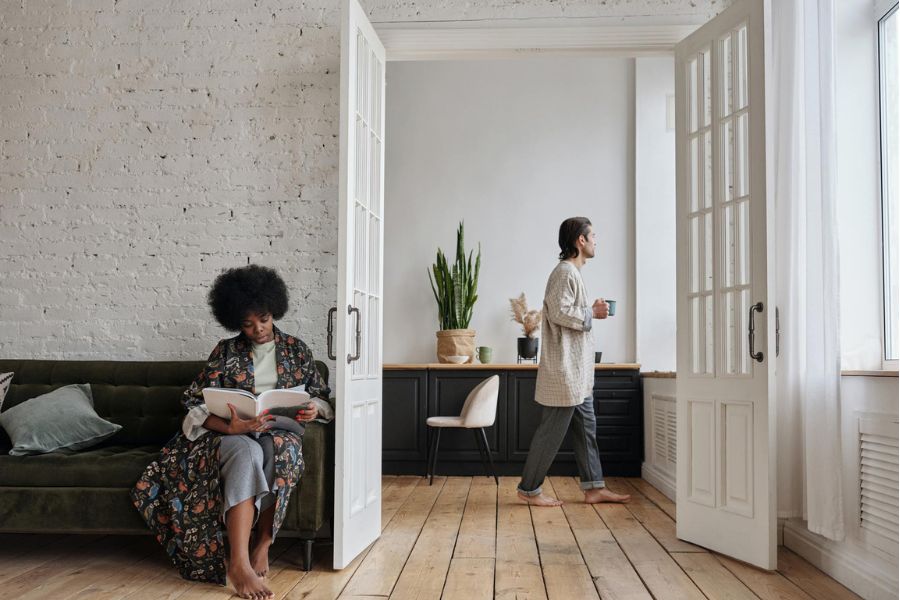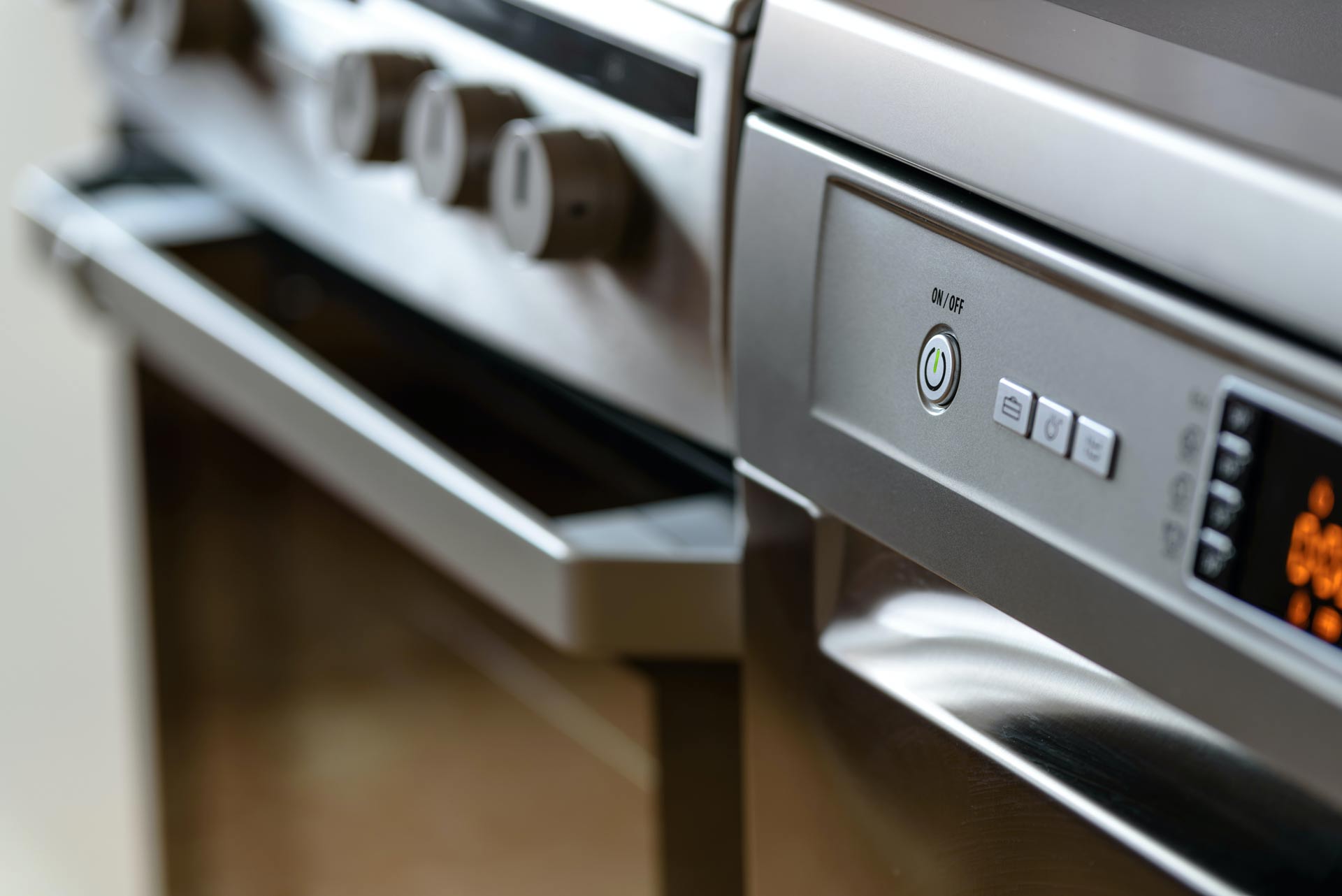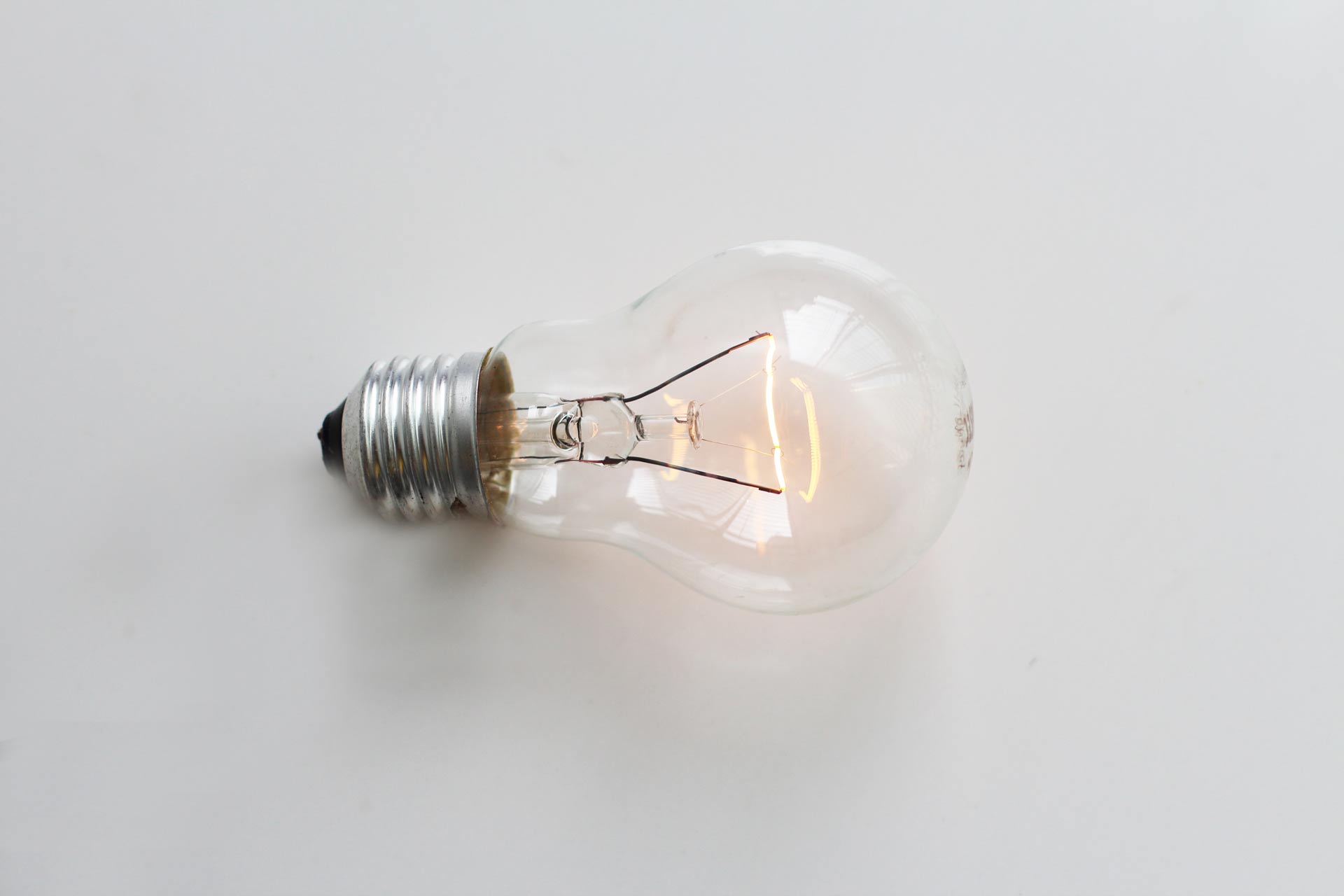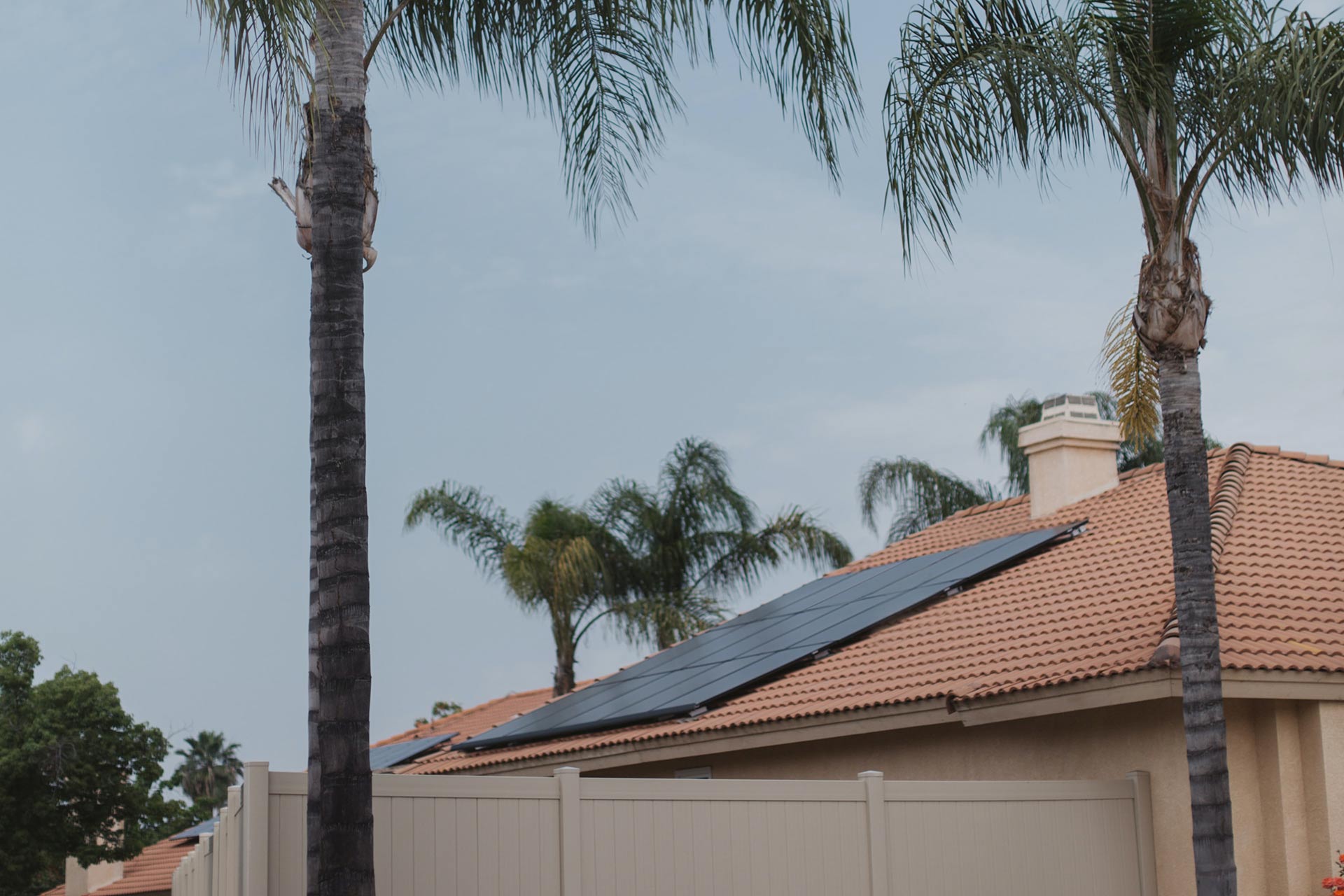Saving energy at home is not only a question of money. It also helps us to be more environmentally friendly, especially if we know how to optimise energy usage in our own homes.
For this reason, more and more people are looking for ways to save energy at home in order to reduce their bills, while, at the same time, adopting more efficient energy usage habits.
Are you interested in getting to know some of them? Here at MYGREENHOUSE, we are going to tell you all about them.
Where is the highest energy usage in Spanish homes?
According to IDAE data, the average energy expenditure in Spanish households is almost 1,000 euros per year.
Air conditioning and heating account for more than 50% of the usage, which equates to around 5,300 kWh per year.
Household appliances and water heaters are the second-largest source of consumer expenditure on electricity (around 1,900 kWh per year), while lighting (around 400 kWh per year) comes in third place.
But why is it so important to know where our energy usage is highest?
When we talk about energy consumption in the home, we are referring to the cost of powering all the electrical appliances in our home. This is measured in kWh (kilowatt-hours), which is the power a household consumes in 60 minutes. Let’s take an example: a 40 W bulb consumes 0.04 kWh (40 Wh) in one hour, while the time it takes a computer to consume the same energy is almost three hours.
This is why it is so important to pinpoint where this energy consumption goes, as this is the best way to identify inefficient energy usage, look for alternatives, and find ways to save energy at home that are sustainable in the long term.
Energy savings: 5 tips you shouldn’t ignore
1. Choose the power output you need
The electrical power output is the maximum amount of energy we can consume at any one time. In principle, the less power we contract, the lower the fixed cost on our electricity bill.
However, this decision should not be taken lightly. If you contract too little power, the electricity may trip when you connect several devices at the same time. For this reason, our advice to you is that you look carefully at your energy consumption habits to see whether it is really in your interests to contract less power.
2. Choose efficient household appliances
Another one of our practical ways to save energy at home is to look at the energy labels on household appliances, which are compulsory for all products marketed in the EU.
A-rated appliances consume the least energy, and the long-term savings can be significant. For example, a class D refrigerator consumes around 662 kWh per year, while an A-rated refrigerator can consume around 250 kWh per year. In A+++ models, energy consumption can be reduced by almost half again (150 kWh). This means that if you replace your old D refrigerator with an A+++ refrigerator, you can save up to 500 kWh per year.
3. Replace your old bulbs with LED bulbs
Halogen lamps and “normal” bulbs consume almost 10 times more energy than LED or energy-saving bulbs.
For example, a 6 W light bulb consumes 0.006 kWh (6 Wh) in one hour, whereas a 6 W LED bulb provides the same light and consumes much less. Of course, LED bulbs are more expensive, but their lifespan is also longer, making them worth the investment.
4. Use an intelligent thermostat
Thermostats ensure an optimal operation of air conditioning systems, and smart models can carry this out remotely via a mobile app. In this way, you can programme your air conditioning, boiler, or heater by areas and time zones.
These systems encourage an efficient use of energy, reducing energy consumption in the home by up to 30%.
Nowadays, some apps will help you to control your energy consumption and adopt more efficient habits, and these are an excellent tool to save energy at home.
5. Make the most of sunlight
By this, we are not only referring to the use of natural light to heat and light our homes. Making the most of sunlight is also synonymous with opting for renewable energy in our homes.
Installingsolar panels is one of the best ways of saving energy at home and making our homes more sustainable. Sunlight is free, it is 100% environmentally friendly (no waste is produced in the electricity production, and no gases are emitted), its technology is highly reliable, and the return on investment is relatively quick.
In addition to this, photovoltaic solar energy can be combined with heating, air conditioning, and domestic hot water systems. This is a very good opportunity to save even more, because, as we have seen, these elements account for more than 50% of the energy usage in our homes.
Would you like more information about the use of solar energy in the home?
Get in touch with us, and we will tell you all you need to know without any obligation on your part.







